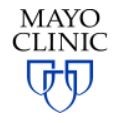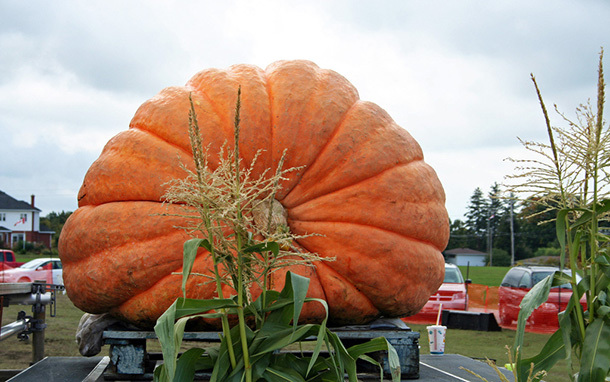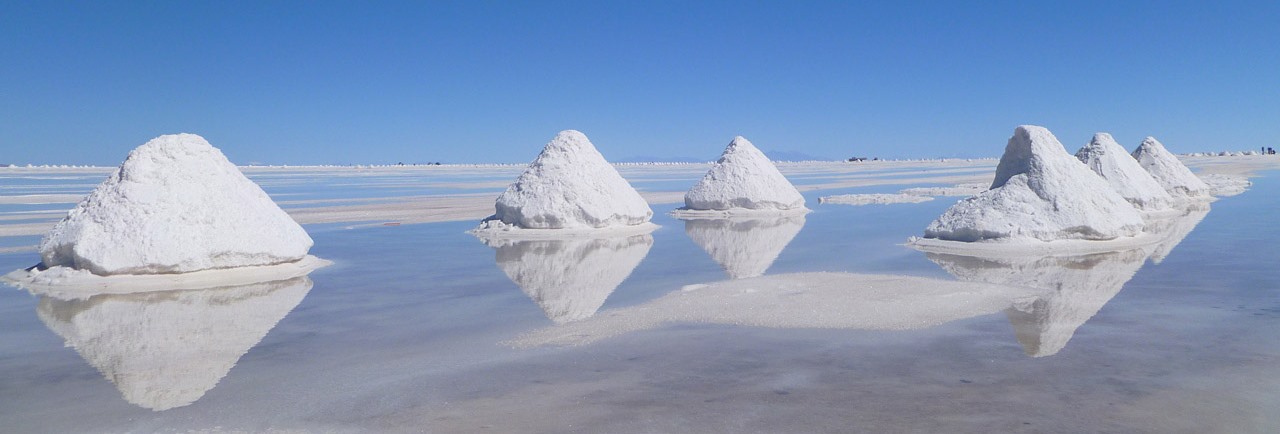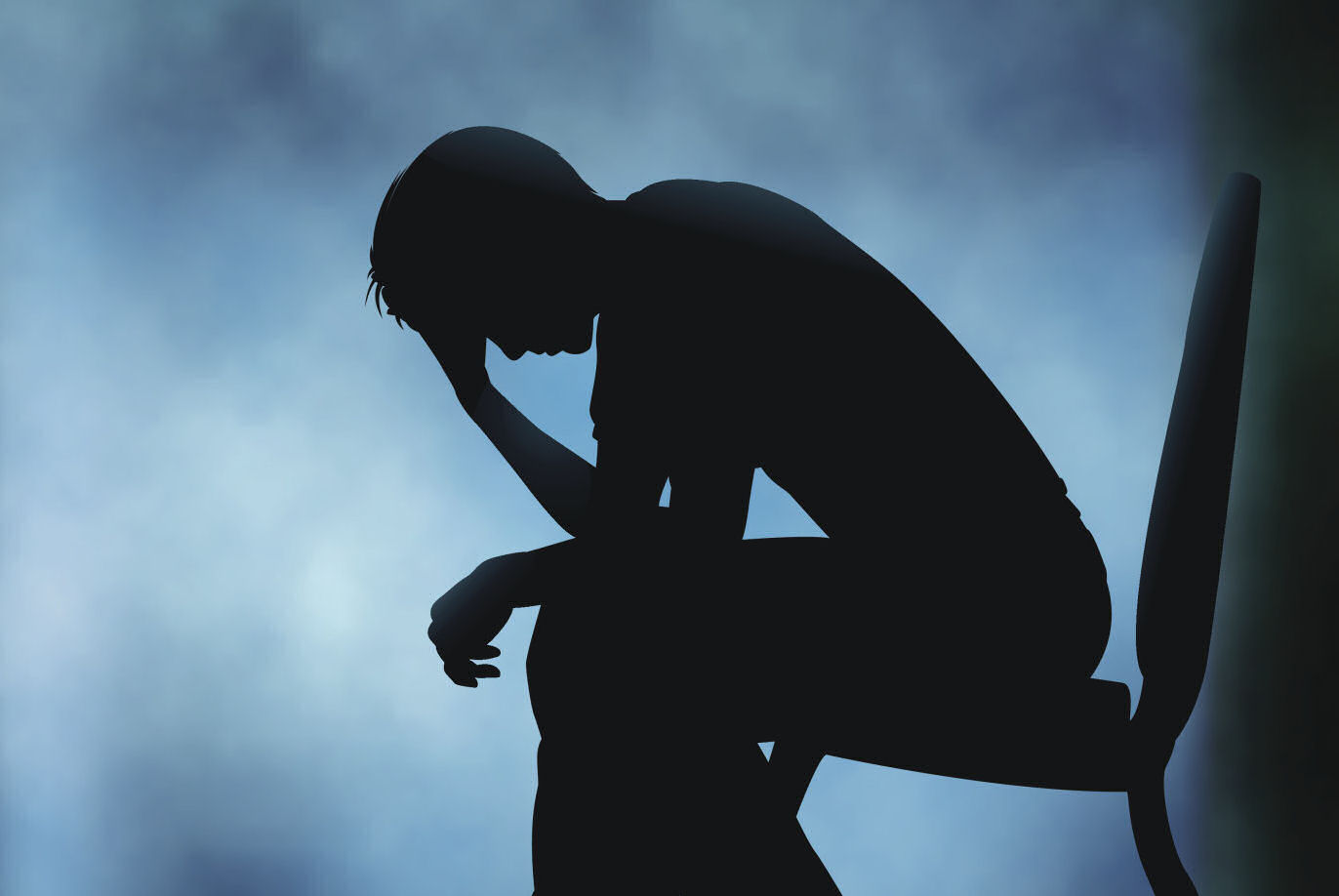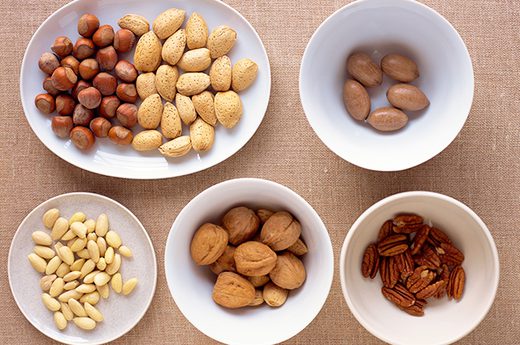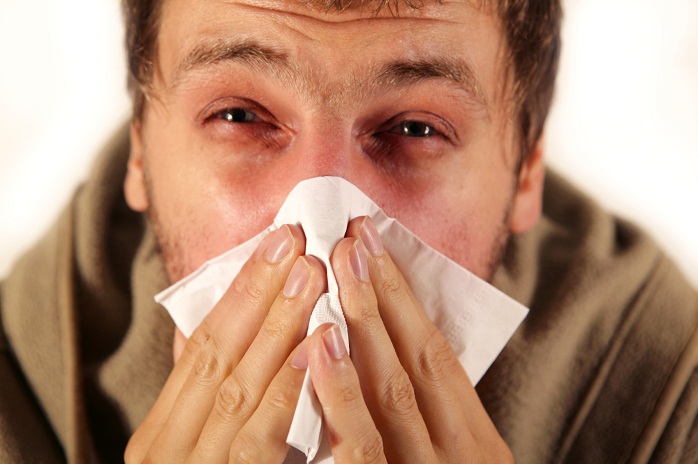|
|
||||||||||||||||||||||||||||||||||||||||||
|
||||||||||||||||||||||||||||||||||||||||||
|
Privacy Policy | Editorial Policy | Profit Policy | Join the Association | List of Members | Contact us | Index | Links |
||||||||||||||||||||||||||||||||||||||||||
|
Back Go to page: 1 2 3 4 5 6 7 8 9 10 11 12 13 14 15 16 17 18 19 20 Forward
|
||||||||||||||||||||||||||||||||||||||||||
|
Health and Life Style. |
||||||||||||||||||||||||||||||||||||||||||
| Veterans and Veterans Families Counselling Service (VVCS) can be reached 24 hours a day across Australia for crisis support and free and confidential counselling. Phone 1800 011 046. VVCS is a service founded by Vietnam veterans. |
||||||||||||||||||||||||||||||||||||||||||
|
|
||||||||||||||||||||||||||||||||||||||||||
|
Prostate cancer prevention: Ways to reduce your risk.
If you're concerned about your risk of prostate cancer, you may be interested in prostate cancer prevention.
There's no sure way to prevent prostate cancer. Study results often conflict with each other and most studies aren't designed to definitively prove whether or not something prevents prostate cancer. As a result, no clear ways to prevent prostate cancer have emerged.
In general, doctors recommend that men with an average risk of prostate cancer make choices that benefit their overall health if they're interested in prostate cancer prevention.
There is some evidence that choosing a healthy diet that's low in fat and full of fruits and vegetables may contribute to a lower risk of prostate cancer, though this hasn't been proven concretely. If you want to reduce your risk of prostate cancer, consider trying to:
In some studies, men who ate the highest amount of fat each day had an increased risk of prostate cancer. While this association doesn't prove that excess fat causes prostate cancer, reducing the amount of fat you eat each day has other proven benefits, such as helping you control your weight and helping your heart.
To reduce the amount of fat you eat each day, limit fatty foods or choose low-fat varieties. For instance, reduce the amount of fat you add to foods when cooking, select leaner cuts of meat, and choose low-fat or reduced-fat dairy products.
You might consider using plant-based fats instead of animal fats. For instance, cook with olive oil rather than butter. Sprinkle nuts or seeds on your salad rather than cheese.
You might consider increasing the amount of fruits and vegetables you eat each day by adding an additional serving of a fruit or vegetable to each meal. Consider eating fruits and vegetables for snacks.
Maintain a healthy weight.
Men who are obese, a body mass index (BMI) of 30 or higher, may have an increased risk of prostate cancer. If you are overweight or obese, work on losing weight. You can do this by reducing the number of calories you eat each day and increasing the amount of exercise you do.
If you have a healthy weight, work to maintain it by exercising most days of the week and choosing a healthy diet that's rich in fruits, vegetables and whole grains.
Studies of exercise and prostate cancer risk have mostly shown that men who exercise may have a reduced risk of prostate cancer. Exercise has many other health benefits and may reduce your risk of heart disease and other cancers. Exercise can help you maintain your weight, or it can help you lose weight. If you don't already exercise, make an appointment with your doctor to make sure it's OK for you to get started. When you begin exercising, go slowly. Add physical activity to your day by parking your car farther away from where you're going, and try taking the stairs instead of the elevator.
Aim for 30 minutes of exercise most days of the week.
|
||||||||||||||||||||||||||||||||||||||||||
|
Television may insult your intelligence, but nothing rubs it in like a computer.
|
||||||||||||||||||||||||||||||||||||||||||
|
Pumpkin Facts.
You
either love them or hate them, there’s no in-between. Pumpkin is
like that. Some people love them cooked any way, boiled or baked or
even mashed up into a soup. A lot of people can’t stand them boiled
or baked but love the soup and there’s others that can’t stand them
done anyway. I don’t think there is a vegetable that is so divisive.
But like them or hate them, there are some facts about pumpkins that
not many lovers or loathers know. For instance:
Pumpkin is low in calories (about 80 in 1 cup puree). It's a very good source of fibre, vitamins A and C and the minerals iron, potassium and manganese. Pumpkin seeds are also a source of omega-3 fatty acids.
The oil made from pumpkin seeds is possibly effective for symptoms caused by an enlarged prostate (benign prostatic hyperplasia). Pumpkin flowers, leaves and seeds are all edible. It is a versatile ingredient and can be made into a soup, sauce, puree, mash or pie filling and can be sautéed or roasted.
|
||||||||||||||||||||||||||||||||||||||||||
|
Change is inevitable, except from a vending machine.
|
||||||||||||||||||||||||||||||||||||||||||
|
|
||||||||||||||||||||||||||||||||||||||||||
|
|
||||||||||||||||||||||||||||||||||||||||||
|
Calorie Calculator.
If you want to know how many calories your body needs to sustain itself on a day to day basis, click HERE. This is an American calculator and defaults to the old Lbs and feet and inches measurement system. Click the “International Units” tag before using.
Is sea salt healthier than table salt? Despite the fact that sea salt is often promoted as being a healthier type of salt, it has the same basic nutritional value as table salt. In fact, by weight sea salt and table salt contain comparable amounts of sodium. The main differences between sea salt and table salt are in their taste, texture and processing.
Whichever type of salt you enjoy, do so in moderation.
|
||||||||||||||||||||||||||||||||||||||||||
|
I was going to give him a nasty look, but he already had one.
|
||||||||||||||||||||||||||||||||||||||||||
|
Depression: Supporting a family member or friend.
Helping someone with depression can be a challenge. If someone in your life has depression, you may feel helpless and wonder what to do. Learn how to offer support and understanding and how to help your loved one get the resources to cope with depression. Here's what you can do.
Learn the symptoms of depression.
Depression signs and symptoms vary from person to person. They can include:
For many people with depression, symptoms usually are severe enough to cause noticeable problems in day-to-day activities, such as work, school, social activities or relationships with others. Other people may feel generally miserable or unhappy without knowing why. Children and teens may show depression by being irritable or cranky rather than sad.
Encourage treatment.
People with depression may not recognize or acknowledge that they're depressed. They may not be aware of signs and symptoms of depression, so they may think their feelings are normal. All too often, people feel ashamed about their depression and mistakenly believe they should be able to overcome it with willpower alone. But depression seldom gets better without treatment and may get worse. With the right treatment approach, the person you care about can get better.
Here's what you can do to help:
If your loved one's illness is severe or potentially life-threatening, contact a doctor, a hospital or emergency medical services.
Identify warning signs of worsening depression.
Everyone experiences depression differently. Observe your loved one. Learn how depression affects your family member or friend — and learn what to do when it gets worse.
Consider these issues:
Worsening depression needs to be treated as soon as possible. Encourage your loved one to work with his or her doctor or mental health provider to come up with a plan for what to do when signs and symptoms reach a certain point. As part of this plan, your loved one may need to:
Understand suicide risk.
People with depression are at an increased risk of suicide. If your loved one is severely depressed, prepare yourself for the possibility that at some point he or she may feel suicidal. Take all signs of suicidal behaviour seriously and act immediately.
Take
action if necessary:
Stay alert for warning signs of suicide.
Learn and stay alert for common warning signs of suicide or suicidal thoughts:
Provide support
Remember that your loved one's depression isn't anyone's fault. You can't fix the person's depression — but your support and understanding can help.
What
you can do for your loved one:
What you can do for yourself:
|
||||||||||||||||||||||||||||||||||||||||||
|
Every time someone comes up with a foolproof solution, along comes a more-talented fool.
|
||||||||||||||||||||||||||||||||||||||||||
|
ADSO Senate Submission - Inquiry into Veterans Suicides.
It has been quite a task but the ADSO Submission has been finalized and has been lodged with the Senate Committee’s Secretariat – copy attached HERE.
Although the first draft has been extensively reworked following numerous inputs from a good cross section of ADSO’s member Associations, the important core of what was originally drafted, together with its in-depth research, remains as the centre-piece of what was submitted.
ADSO took every relevant input and suggested inclusion into consideration and balanced it with what they agreed from the start would be their so-to-speak theme - namely, to not shy away from serious criticism nor from making comment on clear evidence that DVA’s service delivery to the veterans’ community in large part has been far from satisfactory. Many veterans had been left rightfully very grumpy, to put it mildly. But equally ADSO would acknowledge the positive advances DVA has made to date and the initiatives it has underway to overcome its sins of the past.
Nuts and your heart. Mayo Clinic
Eating nuts helps your heart. Walnuts, almonds and other nuts can help lower your cholesterol when eaten as part of a balanced diet. Nuts contain unsaturated fatty acids and other nutrients and they're a great snack food, inexpensive, easy to store and easy to pack when you're on the go. One drawback to nuts is that they're high in calories, so it's important to limit portions. But choosing nuts instead of a less healthy snack may just help you stick to a heart-healthy diet.
Although a great deal of research suggests that nuts can benefit heart health and reduce the risks of dying early from heart disease and other causes, the evidence is still inconclusive. But, unless you're allergic to nuts, there's no real danger in eating nuts, so you can certainly include nuts as part of your heart-healthy diet. One way nuts may help your heart health is by lowering the low-density lipoprotein (LDL, or "bad") cholesterol levels. LDL plays a major role in the development of plaque that builds up on the blood vessels. Eating more nuts has also been linked to lower levels of inflammation linked to heart disease.
Eating nuts may also reduce your risk of developing blood clots that can cause a fatal heart attack. Nuts also appear to improve the health of the lining of your arteries.
So, what's in nuts that might make them heart healthy?
Besides being packed with protein, most nuts contain at least some of these heart-healthy substances:
What amount of nuts is considered healthy?
As much as 80 percent of a nut is fat. Even though most of this fat is healthy fat, it's still a lot of calories. That's why you should eat nuts in moderation. Ideally, you should use nuts as a substitute for saturated fats, such as those found in meats, eggs and dairy products. Instead of eating foods with unhealthy saturated fats, try substituting a handful of nuts or a tablespoon or two of a nut spread. The American Heart Association recommends eating about four servings of unsalted nuts a week. Select raw or dry-roasted nuts rather than those cooked in oil.
A serving is a small handful of whole nuts or 2 tablespoons of nut butter. But again, do this as part of a heart-healthy diet. Just eating nuts and not cutting back on saturated fats found in many dairy and meat products won't do your heart any good.
Does it matter what kind of nuts you eat?
The type of nuts you choose to eat probably doesn't matter much. Most nuts appear to be generally healthy, though some may have more heart-healthy nutrients than others. For example, walnuts contain high amounts of omega-3 fatty acids. Almonds, macadamia nuts, hazelnuts and pecans are other nuts that appear to be quite heart healthy. And peanuts, which are technically not a nut, but a legume, like beans, seem to be relatively healthy. Keep in mind, you could end up cancelling out the heart-healthy benefits of nuts if they're covered with chocolate, sugar or salt.
Here's some nutrition information on common types of nuts. All calorie and fat content measurements are for 1 ounce, or 28.4 grams (g), of unsalted nuts.
How about nut oils? Are they healthy, too?
Nut oils are also a good source of healthy nutrients, but they lack the fibre found in whole nuts. Walnut oil is the highest in omega-3s. Consider using nut oils in homemade salad dressing or in cooking. When cooking with nut oils, remember that they respond differently to heat than do vegetable oils.
Nut oil, if overheated, can become bitter. Just like with nuts, use nut oil in moderation, as the oils are high in fat and calories.
Runny Nose.
Runny
nose is excess drainage produced by nasal and adjacent tissues and
blood vessels in the nose. This drainage may range from a clear
fluid to thick mucus. Runny nose drainage may run out of your nose,
down the back of your throat or both.
The terms "rhinorrhea" and "rhinitis" are often used to refer to a runny nose. Strictly speaking though, rhinorrhea refers to a thin, relatively clear nasal discharge. Rhinitis refers to inflammation of the nasal tissues from a number of causes, which usually results in a runny nose. Nasal congestion may or may not accompany runny nose.
Runny nose can be caused by anything that irritates or inflames the nasal tissues. Infections, such as the common cold and influenza, allergies and various irritants may all cause a runny nose. Some people have a chronically runny nose for no apparent reason, a condition called nonallergic rhinitis or vasomotor rhinitis (VMR).
Less commonly, runny nose can be caused by polyps, a foreign body, a tumour or migraine-like headaches.
When to see a doctor.
A runny nose may be annoying and uncomfortable, but it usually clears up on its own. Occasionally, it can be a sign of a more serious problem, and runny nose may be serious in infants. Call your doctor if:
Call your child's doctor if:
Self-care.
Until you see your doctor, try these simple steps to relieve symptoms:
|
||||||||||||||||||||||||||||||||||||||||||
|
|
||||||||||||||||||||||||||||||||||||||||||
|
|
||||||||||||||||||||||||||||||||||||||||||
|
|
||||||||||||||||||||||||||||||||||||||||||
|
|
||||||||||||||||||||||||||||||||||||||||||
|
|
||||||||||||||||||||||||||||||||||||||||||
|
Back Go to page: 1 2 3 4 5 6 7 8 9 10 11 12 13 14 15 16 17 18 19 20 Forward |
||||||||||||||||||||||||||||||||||||||||||
|
|


